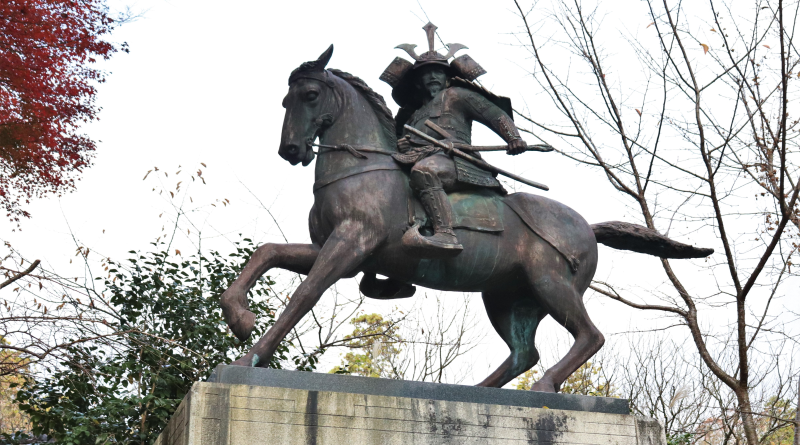
The Origin of the Samurai and Japanese Manorialism (Shoen)
For many, the Japanese samurai is the very pinnacle of ancient Japan– over even Japanese culture as a whole. While many people have heard of famous samurai such as Tokugawa Ieyasu and Toyotomi Hideyoshi, however, few know the origins of the samurai. In fact, the origin of the term “samurai” is really complicated. To understand what this word really means we must look at serval hundred years of history! So, in this post, we are going to delve into the origin of Samurai and explain as simple as possible.
Note: You may find several discussions explaining the origins of the samurai. We primarily use Japanese-language resources as well as adhere to the mainstream explanation taught at Japanese high schools.
The Definition of a Samurai
So, what is a samurai? Well, to be honest, “samurai” is not a common term for Japanese historians. The term bushi [武士] is much common, but the role of the “bushi” differs depending on the time period. For simplicity’s sake, we will use samurai, as a blanket term. However, the samurai most people think of didn’t exist for a long time. In fact, the job of “samurai” did not become influential until the 10th century. It was around this time that we start seeing some of the conventional ideals of the samurai code of honor; namely an emphasis on fielty to a lord, as well as one another. Of course, there were fighters and warriors before the 10th century, but they lacked this sense of fielty as well as the title of samurai.
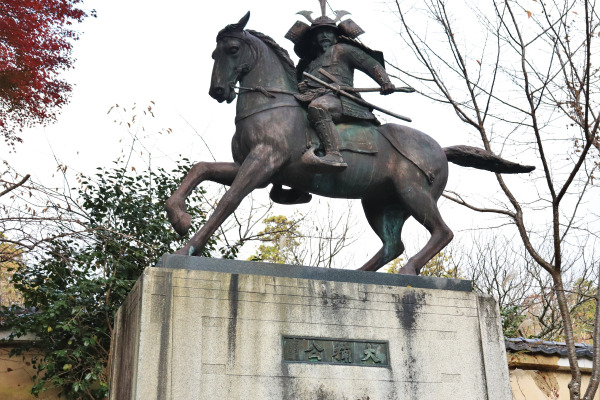
To trace the origins of the samurai, we have to go back to 645– to the creation of the Taika Reform.
The Taika Reform and Taxation
The aim of the Taika Reform was to centralize the power of the emperor. One of the ways it did that was by stipulating that all rice fields in Japan were the property of the emperor. Commoners were “assigned” a rice field called a kubun-den [口分田] and every year they had to pay taxes to the central government. To distribute the kubun-den properly, the government made the very first version of the koseki, the family history registration, to keep track of peoples’ age and gender. In this system, women and those over 65 did not have to pay as much tax as say, a young man. To enforce this tax system the central government dispatched the kokushi [国司] to each region, where they would serve for four years. ( These guys are some of the key figures in this post! Take note!)
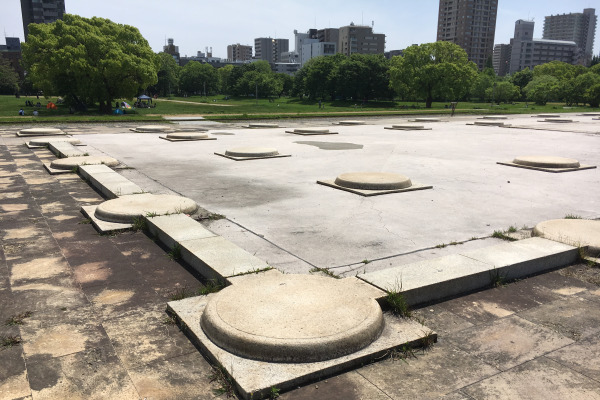
The Failure of the Taika Reform
However, this system didn’t work.
For most, every year their taxes were more than they could afford. People typically paid their taxes in the form of rice and clothes instead of coin. However, sometimes people ended up conscripted into the coast guard for a year to pay their taxes! Fed up with this system, people would just abandon their rice fields. To complicate matters further, the number of rice fields the government could issue was limited. It was obvious the government needed to cultivate more land. So, they issued “Sanze Isshin No Ho” [三世一身の法] in 723. Under this law, if a person cultivated a plot of land they would “own” that land for three generations. But this didn’t work either because people still had to pay heavy taxes and after three generations, they had to surrender their rice field to the central government.
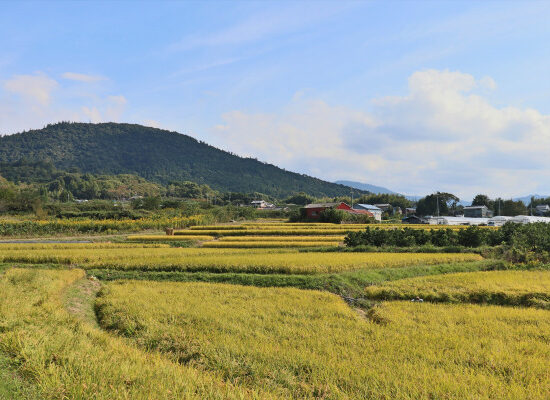
At a loss, the central government issued Konden Einen Shizai No Ho [墾田永年私財法] in 743, which allowed a person to own land as long they cultivated it, finally allowing the privatization of land! However, this contradicted the Taika Reform’s policy that all lands belong to the emperor.
Shoen, the Beginning of Manorialism
Early Shoen
The privatization of lands brought about many problems. Wealthy temples and aristocrats started to claim vast stretches of land as their own. These privatized lands are called shoen [荘園], or more precisely kondenchi-kei shoen [墾田地形荘園]), and are the origins of Japanese manorialism.
While this was great for rich people, this privatization did not bring any benefits to the common folk. Developing new land required a large number of human resources, as well as knowledge, commoners simply lacked. And don’t forget, the average person still suffered heavy taxes every year, making it hard to save up. Many people began to simply abandon their rice fields, and Japanese records indicate that some villages had unusually high numbers of women, suggesting that people were most likely lying about their gender in order to pay fewer taxes. This made the koseki inaccurate, making it hard for the central government to assign rice fields anymore. The assigning of kubun-den came to halt in 902– meaning that taxation was no longer possible!
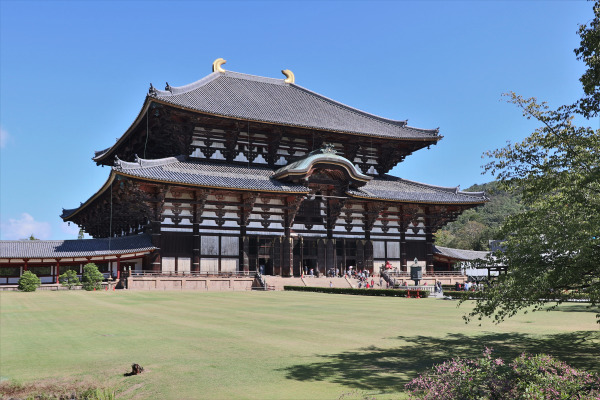
Kokushi vs Farmers
However, it would be impossible for a country to survive if it can’t get any tax revenue. So, the government had another brilliant idea. The central government gave the kokushi an important new job, the tax collector. Unfortunately, this brought about another problem; some kokushi charged their residents even higher taxes than the central government and pocket the difference!
Though some were evil, not all kokushi were bad. For example, some kokushi would allow people to own and cultivate their own land. Eventually, this could enable a person to acquire a large amount of farmland. Those rich farmers are called kiahatsu ryoshu [開発領主]. Sometimes the kaihatsu ryoshu and kokushi would argue, especially when the central government would dispatch a new kokushi, since that new kokushi might nullify any of his predecessor’s regulations.
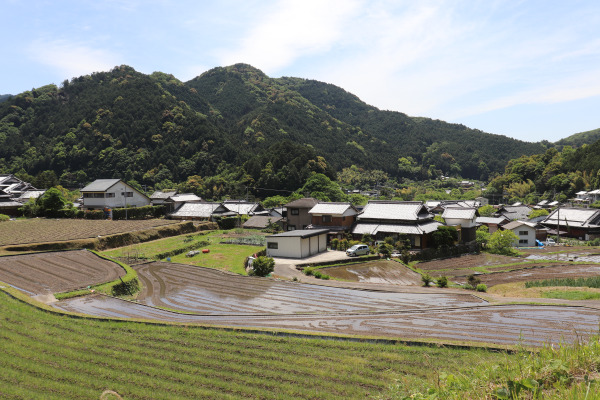
Life for Land
In order to protect their land, some kaihatsu ryoshu donated their land to aristocrats. These donated lands are called kishinchi-kei shoen [寄進地形荘園]. The idea here was that the aristocrats would protect the lands on their behalf. Since most aristocrats outranked your run-of-the-mill kokushi (who were predominately mid-rank government officials) it would be harder to suddenly seize or raise taxes on said land.
As aristocrats came to obtain more and more of these donated lands, the less they wanted to pay taxes on that land. For a kokushi to charge the appropriate amount of tax, they had to physically survey a person’s land– so aristocrats simply started to refuse to allow the kokushi to enter their land. The aristocracy (more specifically, the Fujiwara clan), even formally passed a bill to refuse to pay taxes and to allow the koushi to enter their land.

However, instead of relying on the aristocracy, some kaihatsu ryoshu simply stood up and fought the kokushi themselves. This is the true origin of the samurai; armed farmers protecting their land. In fact, this is where the Japanese expression: 「一生懸命」(いっしょうけんめい very hard) comes from “一所懸命” as it literally means to fight with all one’s might for their land. Life for Land.
The Emergence of the Samurai Class
Unlike the Kansai region, the Kanto region was mostly countryside villages with plenty of unclaimed lands. In order to protect that land, villages would form groups to fight against the kokushi. Some strong groups became famous, and even the aristocrats in Kansai would hire them to guard their land or protect the capital. Eventually, clans such as the Taira clan and the Minamoto clan became more like the personal armies of the aristocracy.
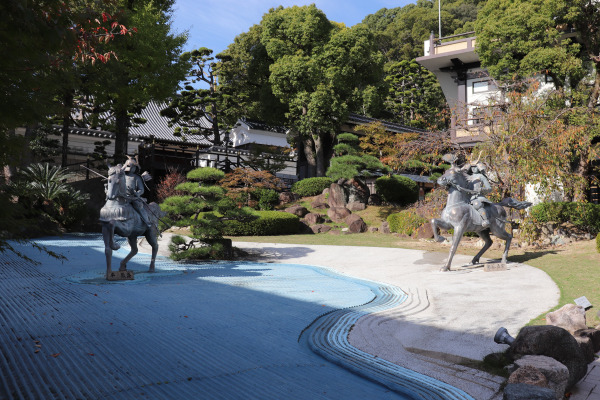
However, it is important to understand that at this time many samurai were still just farmers– with swords. Only after Toyotomi Hideyoshi enforced his kataganari in X that samurai became a full-time job since farmers could no longer own any weapons. At this point, the samurai as a class truly began to take shape. They increasingly became wealthier, more educated, and respected overall.
The Age of the Samurai lasted from 1185 until 1868, though one could argue it really ended when Tokugawa Ieyasu moved the capital from Kyoto to Toyko. In doing so, the status the samurai class had achieved through so much devotion and blood, quickly eroded. By the 1700s many samurai lived in poverty and by the time of the Meiji Restoration in 1868, they were mere shadows of their former glory.
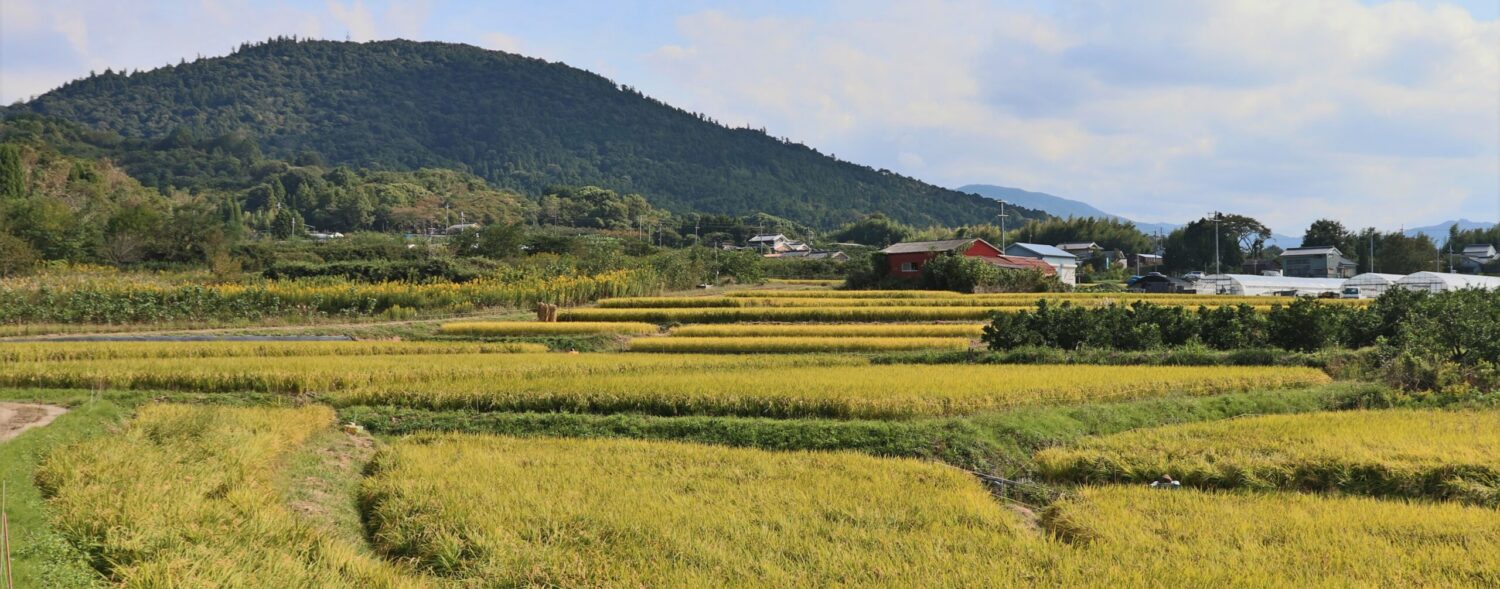
Leave a Reply